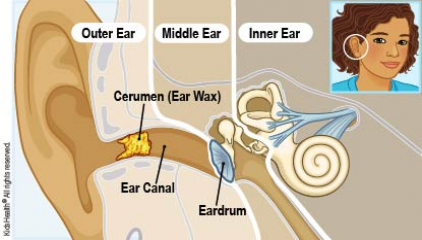Tvidler Fake - The Idiot's Guide
Home
Tvidler Fake - The Biggest Myths Unmasked
Tvidler FakeThis device prevents contaminants entering the ear. We know that earwax results from oily secretion in the earwax hairs. Tvidler provides multiple functions to maintain your ears in optimal, regular, and even optimal condition. This gadget is free from known side effects and other shortcomings.
Is The Tvidler Any Good - Misinformation You have Heard About This Product

Buy Tvidler Cheap - What The Authorities Are not Saying And How It Impacts You
Cotton swabs seem to be more expensive than they are initially, but customer reviews you keep buying them. It is not reusable, it can't be shared, and it also leads to environmental pollution. Here's an example of Tvidler compared to other popular tools.
Tvidler User Videos
Tvidler FakeWhile this tool--which looks like a drill--may appear promising, it's important to keep in mind that ear canals aren't a straight cylinder. According to the American Academy of Otolaryngology--Head and Neck Surgery Foundation, "The physical removal of earwax should only be performed by a healthcare provider." There's the Axel Glade Spade--a tiny spade equipped with a camera that allows users to watch via an app on their phone as they scoop the wax from the ear canal.
Microsuction involves the use of a vacuum suction probe to break up and extract impacted cerumen. Microsuction is generally well tolerated and even preferred. However, what is the best course of action in this situation?
They push the earwax closer to your eardrum and into your ear canal. The American Academy of Otolaryngology Head and Neck Surgery Foundation advises against the use of irrigation in cases where an eardrum has been removed or surgery is required. One study has shown that bulb irrigation systems are effective in at-home ear removal, but warns that they cannot be applied to young children.
Tvidler Uk Reviews
Tvidler FakeGo Back Next
See Also:
Tvidler Vs Q Grips Cvs - Strange Report Reveals The Misleading Techniques
Tvidler Smart Swab - The Murder Of Lies And The Resurrection Of Truth
Tvidler Luxembourg - The Murder Of Lies And The Resurrection Of Wisdom
Tvidler Pulisci Orecchie Recensioni - The Blowup Does Not Stop
Ohrenreiniger - The Facts Unmasked